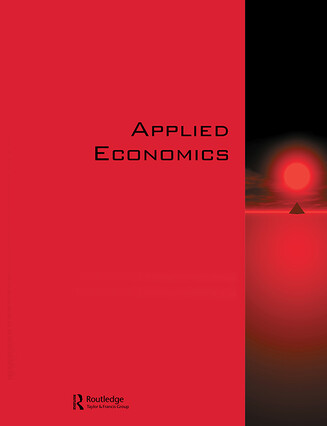THE TRANSITION FROM PAID TO SELF-EMPLOYMENT IN CANADA: THE IMPORTANCE OF PUSH FACTORS
ABSTRACT
The share of self-employment in total employment has been growing in Canada throughout the 1990s. Recent research for Canada and elsewhere suggests that some workers may be 'pushed' into self-employment as a response to inadequate opportunities in the paid sector. Examining transitions from paid work to self-employment using the Labour Market Activity Survey, this push hypothesis is tested using a number of indicators of the economic opportunities facing the newly self-employed. It is found: (i) longer spells of joblessness favour self-employment, (ii) workers who collect unemployment benefits between jobs are less likely to become self-employed than are workers who did not, (iii) workers who left their previous, paid jobs involuntarily - i.e., due to layoff - were more likely to become self-employed than those who left voluntarily, but less likely than workers who specified personal reasons for leaving, and (iv) self-employment decisions are independent of the health of the labour market as measured by the unemployment rate. These results are generally consistent with the push hypothesis but provide more ambiguous evidence than found in some other studies.
Statistics
Web of Science Times Cited
82
Journal Citation Indicator
0.63

